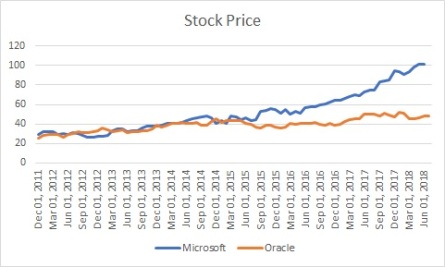Well it’s here, it will go and something else will come again. We have taken for granted that:
- physically close social interaction is a way of life
- the healthcare system can handle anything
- the shelves are always full of whatever we want
- we commute on mass transit to and from work
- we work in close proximity with others
- we socialize, worship and entertain ourselves in high human density crowds such as stadiums, arenas, churches and theatres
- we eat in open buffets, shop where there is unprotected bulk food
- we wash our hands in public bathrooms and promptly dry them with hot air from a dryer (the dryer is the bad idea)
- we send our kids to daycare or school and assume they are safe
- we travel anywhere in the world
Culturally, we are not prepared to survive a pandemic. What we have taken for granted, we need to reexamine and adjust, forever. Technology will play an enabling role in some areas, but the real transformation will need to be cultural, right at the core of who we are and how we behave. Video conference technology has been around since 1956. That’s not a typo, it was 64 years ago. AT&T brought the first capability to market over regular analog phone lines. 47 years later Skype came to market in 2003 for global consumer use. 17 years later, today we have the beginnings of Holoportation. What’s that?
“Holoportation is a new type of 3D capture technology that allows high quality 3D models of people to be reconstructed, compressed, and transmitted anywhere in the world in real-time. When combined with mixed reality displays such as HoloLens, this technology allows users to see and interact with remote participants in 3D as if they are actually present in their physical space.”
In short, it’s just like they are really there, but they are not. However, it is just a technology. Without a willingness to adopt it, nothing changes.
Covid-19 was not unexpected. People have been warning for over 50 years about uncontrolled global Viruses; Ebola, SARS, Dengue and many others. We continue to consolidate and make populations more dense with cities approaching 50,000 people per square kilometer/ 120,000 per square mile. (Manilla), Seoul Korea’s Yoido Full Gospel Church average number of active weekly attendees is more than 480,000. Yes, almost a half million people weekly.
The earth has 24,642,757 square miles of habitable land, at 7 Billion people that’s a density of 284 people per square mile. Of course, we will never get to that low of density, it’s just not our global culture (yet).
The technology exists and is almost ubiquitous to enable safety in personal interactions but will we need to change our culture.
Will we
- Stop going into the office?
- Stop going on mass transit?
- Invite people into our homes only virtually?
- Only see plays, movies, church and concerts electronically?
- Never again eat at an open buffet?
- Never have a play date for our kid’s friends at home?
No, we won’t stop, well maybe a bit. When this subsides we will go back it to it, but we can make choices to reduce the risk and get comfortable with the technology to enable us to limit exposure when it happens again. The point is we can embrace technology that makes us safe, have it be a normal part of our lives and potentially prevent another bad situation from being a catastrophe.
If you haven’t done a TEAMS or Skype video call, I’ll help you figure it out (or just watch anyone under 20 years old) and you can have fun with it.
Links for the technology are here.
TEAMS – (if you’re trying to work with someone or a group to get work done – pick the free version)
https://products.office.com/en-ca/microsoft-teams/compare-microsoft-teams-options
SKYPE
https://www.skype.com/en/ – (if you’re wanting to get together with your family and friends – also free)
HOLOPortation
Not yet folks! Give it a little while longer (:>) , almost there.




















